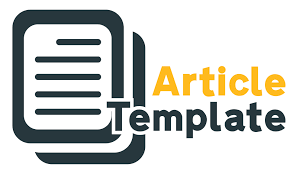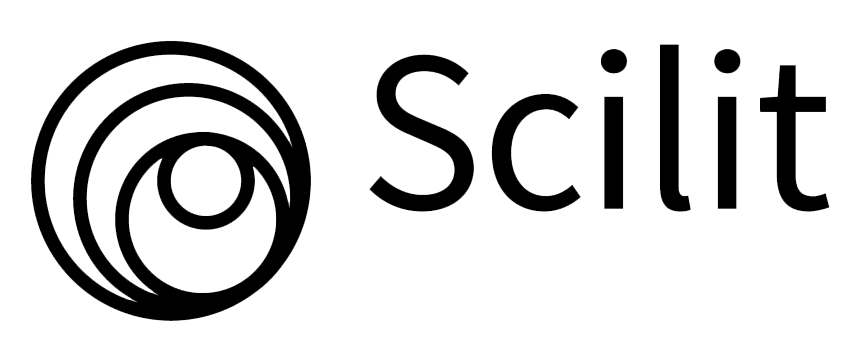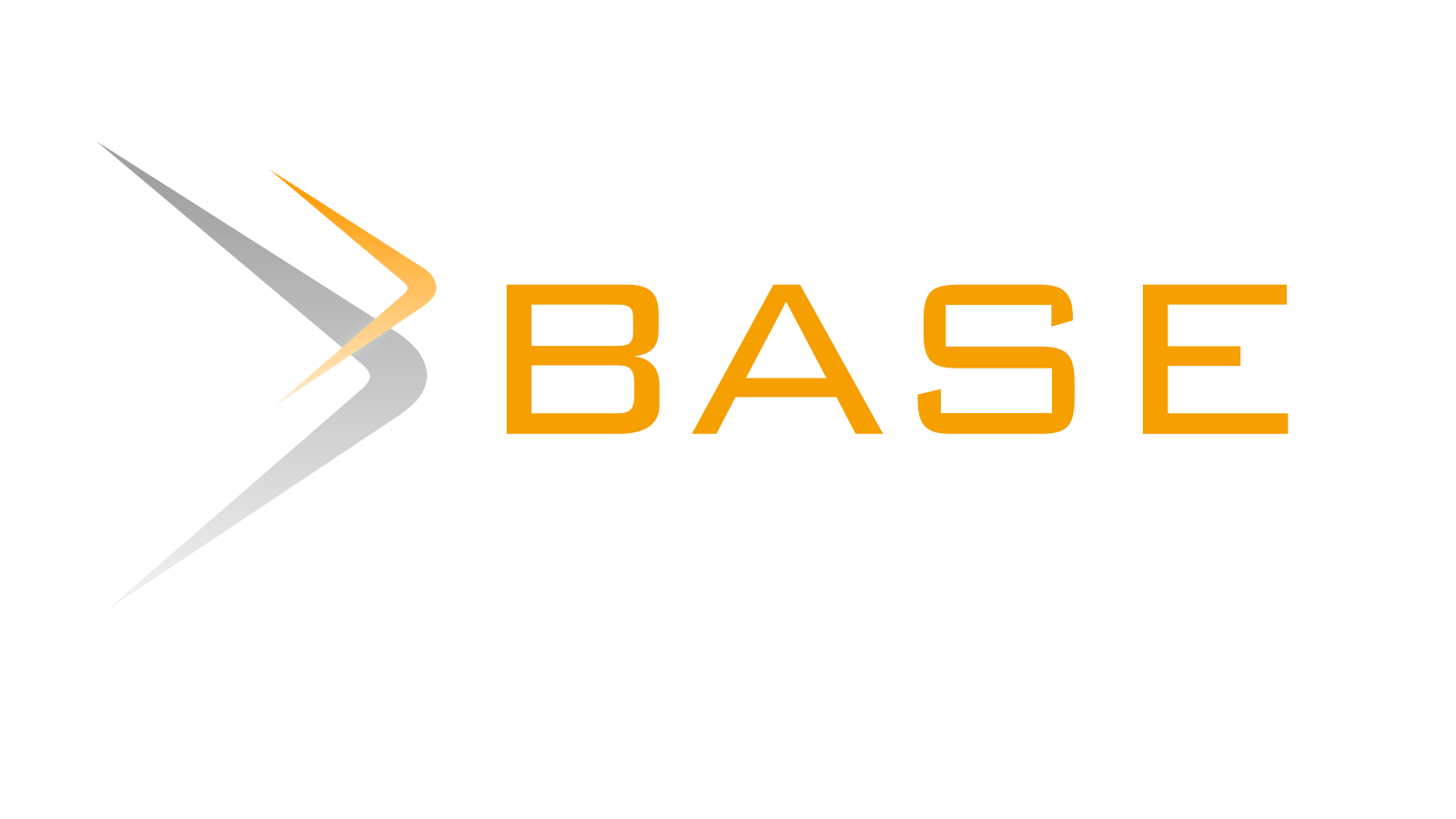A Bibliometric Analysis: Computer Science Research From Indonesia
DOI:
https://doi.org/10.38043/tiers.v3i1.3706Keywords:
Bibliometric, Scival, Computer ScienceAbstract
Bibliometric indicators originally counted ways to measure research quality. This endured for decades following the term's introduction. The purpose of this research is to carry out a bibliometric analysis of the present status and trends in computer science articles written by Indonesian authors that are included in the Scopus database. Bibliographic indicators were analyzed using SciVal (www.scival.com). Elsevier constructed SciVal using Collexis' semantic technology after buying it in 2010. SciVal evaluates scientific performance using Scopus and tracks funding. Between the years 1998 and 2022, the total number of indexed papers in Scopus that discuss the advancement of research outcomes in computer science has greatly expanded. This rise reached its highest point in 2019, with 121 publications. Santoso is the most prolific Indonesian researcher when it comes to releasing research results on computer science in Indonesia. The University of Indonesia has been the most helpful sponsor in terms of sponsoring computer science research.
Downloads
References
Mustabshiroh, R. Latuconsina, and T. W. Purboyo, “Data processing of laboratory recruitment using K-nearest neighbor algorithm,” J. Eng. Appl. Sci., vol. 14, no. 1, pp. 247–252, 2019.
N. Sari, Suharjito, and A. Widodo, “Trend prediction for computer science research topics using extreme learning machine,” in 2012 International Conference on Advances Science and Contemporary Engineering, ICASCE 2012, 2012, vol. 50, pp. 871–881.
M. A. Sahban and D. H. Syahchari, “Assessing the Entrepreneurial Orientation Model and Linking it with Entrepreneurial Inclination among Information Systems and Computer Science Students in Indonesia,” in 4th International Conference on Information Management and Technology, ICIMTech 2019, 2019, pp. 165–170.
A. Purnomo, A. K. Sari, E. Mufidah, N. Asitah, and A. Aziz, “Digital business: A scientific publication positioning using scientometric analysis,” in 5th International Conference on Information Management and Technology, ICIMTech 2020, 2020, pp. 588–593.
M. K. M. Nasution, R. Hidayat, and R. Syah, “Computer Science,” Int. J. Adv. Sci. Eng. Inf. Technol., vol. 12, no. 3, pp. 1142–1159, 2022.
A. Pritchard, “Statistical Bibliography or Bibliometrics? Journal of Documentation. 25 (4) Dec.” 1969.
A. van Raan, “Advanced bibliometric methods for the evaluation of universities,” Scientometrics. researchgate.net, 1999.
D. Fiala and P. Willett, “Computer science in Eastern Europe 1989-2014: a bibliometric study,” Aslib J. Inf. Manag., vol. 67, no. 5, pp. 526–541, 2015.
D. Fiala and G. Tutoky, “Computer science papers in web of science: A bibliometric analysis,” Publications, vol. 5, no. 4, 2017.
J.-J. Hew, V.-H. Lee, K.-B. Ooi, and B. Lin, “Computer Science in ASEAN: A Ten-Year Bibliometric Analysis (2009–2018),” J. Comput. Inf. Syst., vol. 61, no. 3, pp. 247–255, 2021.
M.-C. Yu, Y.-C. J. Wu, W. Alhalabi, H.-Y. Kao, and W.-H. Wu, “ResearchGate: An effective altmetric indicator for active researchers?,” Comput. Human Behav., vol. 55, pp. 1001–1006, 2016.
E. Vardell, T. Feddern-Bekcan, and M. Moore, “SciVal experts: A collaborative tool,” Med. Ref. Serv. Q., vol. 30, no. 3, pp. 283–294, 2011.
Hamidah I, Sriyono S, Hudha MN. A Bibliometric analysis of Covid-19 research using VOSviewer. Indonesian Journal of Science and Technology. 2020:34-41.
Downloads
Published
How to Cite
Issue
Section
License
Copyright (c) 2022 Edi Supriyadi

This work is licensed under a Creative Commons Attribution-ShareAlike 4.0 International License.






















